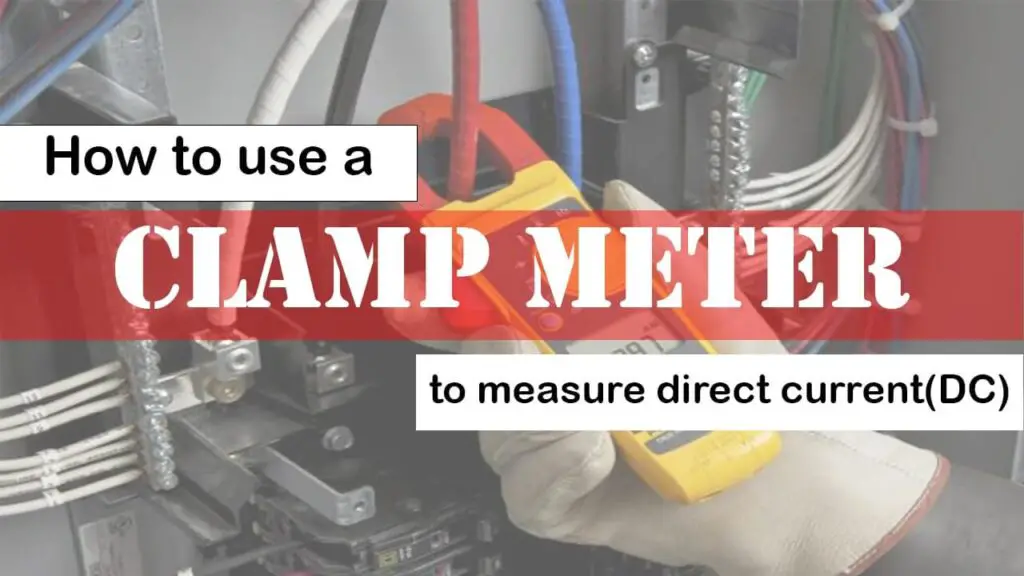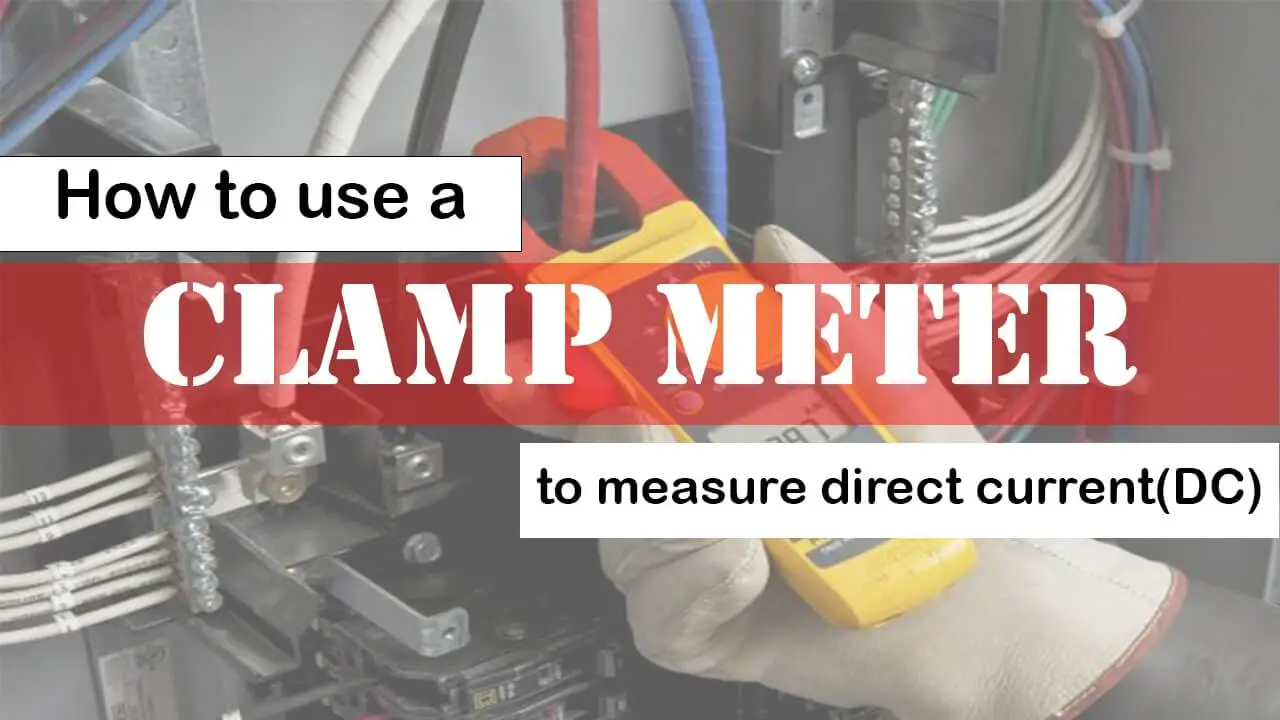How to use a clamp meter to measure DC(direct current)
Learn how to check the D/C volts of a battery using a Fluke 325 Clamp meter, D/C battery check is the basic orientation to the Fluke 325 Clamp meter. The Fluke 325 clamp meter is handy. It is designed for electricians, maintenance technicians, someone who will take measurements of high voltage, high current measures.
This particular one on the clamp meter, you can see it says 400. Amps write on the right clamp handle of the meter. In addition, on the other side, you can see CAT III up to 600 volts and CAT IV up to 300 volts. Therefore, it is a good industrial meter.
Note:
Anything up to 480 amps would be okay, so this would be great for you to buy.
Fluke 325 Clamp Meter General Settings:
Now look at the settings; we have a voltage setting right here; I will show you how to make a simple DC voltage measurement.
You will notice it comes up on A/C. That is the default. Suppose I push the button here in the middle. In that case, it goes to D/C, so if I try to measure DC with an AC setting, it probably shows zero and vice versa.
So make sure you are in the right setting for what you are trying to do:
D/C Voltage Measurement, connect Fluke 325 Clamp Meter
To do a D/C voltage measurement, I have a 6-volt battery; it has plus-minus terminal ends, so that is polarity. It is hard to see it is tiny, but that is okay, a plus and a minus so that you can see the meter there.
Easy Steps to check Voltage with Fluke 325 Clamp meter:
- I would feel comfortable using this to measure residential up to 240 volts. Residential is close to the source of the power. There is probably one transformer in between the house and the utility lines to work okay with that 600-volt CAT III.
- I would not like to use this meter too often around the main service disconnect in an industrial setting. It may be on the other side of a distribution transformer, a 480 transformer.
- A hazardous connection CAT II will be more likely inside of a house. Let us say type one would be something like inside a vehicle where it is very safe, so let us do the measurement. I will leave the probes covered up. I guess let us go with the plus and the minus, and you notice 6.5 volts.
- Switch the probes around and you will see a negative 6.5 volts, telling that the investigations are backwards.
The black wire of the black probe is usually the negative connection; red probes the positive connection.
- Therefore, there is your positive and negative terminal; that is how you do it whenever you can.
- I like to put a clip on the negative lead and just connect it to the ground, pull the ground connection, and use it on the measuring probe, the red probe, which is a ground phase on this negative connection here; it is not a ground phase connection. The ground is technically a connection back to the earth for lightning protection or static electricity.
- If I connect this negative point of the battery to a ground conductor, it is a true ground, especially on D/C systems. I am talking about a circuit ground, just a standard connection that all the components share.

Table of Contents
The Category Content Measure (CAT), by Fluke 325 Clamp Meter:
(CAT II, CAT III, CAT IV)
The meter comes with a rotating probe, if you twisted it in the middle; you can choose categories of measurements by rotating the probe; it is mentioned; CAT II 1000 volts, CAT III 1000 volts, CAT IV 600 volts.
I have got it set on D/C. These are fluke probes; they are perfect. They are twisted probes so that they ride in the middle there. If you have it protected, it is rated up to CAT III at 1000 volts. CAT III, for its 600 Volts, has some protection here over the probe.
If I bring the probe at the backside, where we rotate it to the category; CAT II 1000 volts, the category rating describes the energy content of what we need to measure. Therefore, if at a high capacity location, then that is a CAT IV location, there is a tremendous amount of energy; not only that, if it is very close to the power system, the utility system is very high in voltage. Therefore, if there is a lightning strike somewhere, anywhere could run down the line and blow up your meter. If you are working close to the source of the power, you need a CAT IV-meter period.
This one is up to 300 volts meters.
The ground connection of a car with a DC battery
Hence, the negative connection in this circuit is common, like in the case of a car. For example, the vehicle’s frame is the negative connection on the battery, so that is your common connection. Everything else has a hot wire that goes out to the radio; for example, to power up, the radio connects back to the car’s frame, so that is your return path to the battery. Hence, I think that is enough about simple DC measurements.
Frequently Asked Questions
Ensure the clamp has no debris on it and the clamp’s jaws are tightly gripped around the cable.
Clamp meters are meant to check current in any device D/C or A/C voltages.
Yes.
Conclusion
This article explained how to measure DC current using a clamp meter; I use Fluke 325 Clamp Meter and describe its general settings to check AC and DC voltage.
Describes how to check Category content current measurement with the help of Fluke 325 clamp meter, that is; CAT II, CAT III, CAT IV. Describe in detail how to check the Residential voltage check by a Clamp meter and how to check the residential ground phase and the Car ground connection with the automotive D/C battery.
Related Posts:
How to test capacitor with the multimeter in circuit





